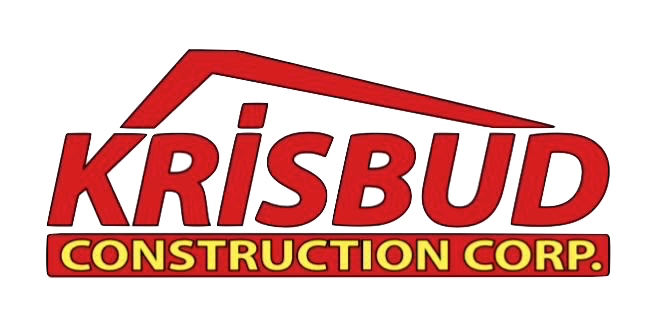Key Masonry Terminology Every Homeowner Should Know
Understanding the fundamental language of masonry is a valuable asset for homeowners seeking to preserve and enhance their property's beauty and integrity. Whether you're considering a masonry restoration project or looking to improve your home's visual appeal, familiarity with these essential masonry terms will empower you to communicate effectively with experts and ensure the success of your endeavors.
Parapet Wall: A parapet wall is a captivating low wall that extends above a roofline, commonly found on balconies and flat roofs. Beyond its aesthetic value, it serves as a protective barrier, safeguarding your property from external elements. Proper maintenance of parapet walls is essential to prevent water damage and maintain the overall structural strength of your home.
Tuck-pointing: Tuck-pointing involves renewing the mortar joints between bricks or stones. Weathering over time can cause mortar to deteriorate, compromising the structural integrity of your walls. Through tuck-pointing, damaged mortar is replaced with fresh material, restoring the appearance and strength of your masonry.
Efflorescence: Efflorescence manifests as a powdery white deposit on masonry surfaces, resulting from soluble salts migrating within the material. While not inherently harmful, it signals potential moisture-related issues. Addressing the underlying cause of efflorescence is crucial to preventing further water infiltration and potential structural damage.
Weep Holes: Weep holes are small openings thoughtfully incorporated into masonry walls to facilitate drainage. By preventing moisture buildup behind the masonry, these unobtrusive openings contribute significantly to the long-term durability and health of your masonry structures.
Masonry Sealant: Masonry sealant acts as a protective shield for your masonry surfaces. Applied as a coating, it prevents water penetration while allowing the material to breathe. Regular application of a high-quality masonry sealant can greatly extend the life of your masonry and maintain its visual appeal.
Lintel: A lintel is a horizontal load-bearing element, often composed of steel or stone, positioned above openings like windows and doors. It plays a pivotal role in supporting the weight and ensuring the structural soundness of your masonry. A well-maintained lintel is crucial for the overall stability of your home.
Course: A course refers to a single horizontal layer of masonry units, such as bricks or stones, within a wall. The arrangement and alignment of courses are critical for both the stability and visual harmony of your masonry construction. Understanding how courses interlock contributes to an appreciation of the craftsmanship involved.
Flashing: Flashing is a moisture-resistant material, often made of metal, strategically installed to redirect water away from vulnerable areas like roof intersections and window sills. By preventing water intrusion, flashing plays a crucial role in preserving your masonry and protecting your home from potential water damage.
Sill: A sill is a horizontal component located at the base of a window or door opening. It serves as a support for the masonry above and prevents water infiltration. Properly maintained sills contribute to the overall structural integrity and longevity of your masonry.
Masonry Anchor: Masonry anchors are devices used to securely attach masonry elements to a structural frame. They ensure that masonry walls remain stable and properly connected to the supporting structure, enhancing the safety and durability of your property.
Mortar Joint: A mortar joint is the space between adjacent masonry units (bricks or stones), filled with mortar. The type of mortar joint, such as flush, recessed, or extruded, not only affects the aesthetics but also plays a role in preventing moisture penetration and ensuring the longevity of your masonry.
Curing: Curing is the process of controlling moisture and temperature conditions to help concrete or mortar achieve optimal strength and durability. Proper curing practices are essential to ensure that your masonry achieves its intended structural integrity and longevity.
Face brick: A face brick is a type of brick that's specially made to be seen on the outside or inside of buildings. It's chosen for its attractive appearance and is used to give a nice look to walls, adding a touch of style and durability to structures. It's like the "face" of the building, enhancing its beauty and lasting for a long time.
Masonry repair: Masonry repair refers to the process of fixing and restoring various types of masonry structures, such as brick, stone, or concrete walls, chimneys, and foundations. Over time, these structures can develop issues like cracks, deterioration, water damage, or other forms of wear and tear due to factors like weather, age, or improper construction.
Conclusion: Armed with these essential masonry terms, you're better equipped to embark on masonry projects and collaborate effectively with professionals. Whether you're revitalizing parapet walls, preserving with tuckpointing, or safeguarding against efflorescence, understanding these terms empowers you to make informed decisions about your home's well-being. Our team of expert masonry restoration and construction specialists is here to transform your vision into reality. Reach out today to explore how we can enhance the beauty and resilience of your home's masonry.
08/14/2023
